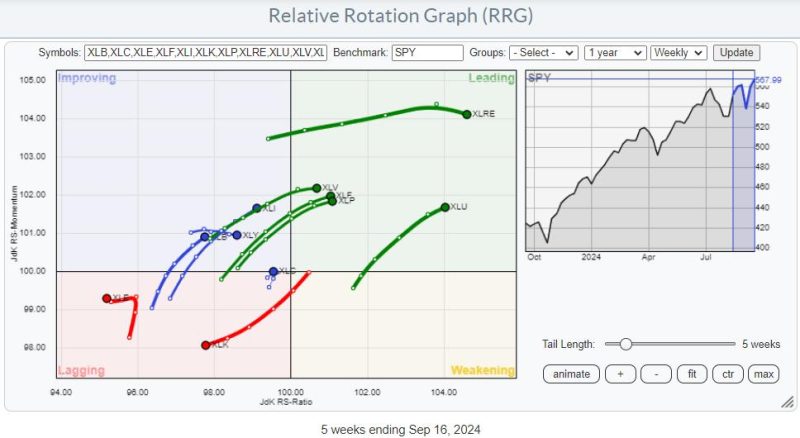Sector rotation is a strategy that investors and fund managers often use to capitalize on changing market conditions and economic cycles. The concept involves shifting investments from one sector to another based on the expectation of outperformance in the receiving sector. While sector rotation can potentially boost returns, it also presents dilemmas and challenges for investors.
One of the main dilemmas investors face with sector rotation is the timing issue. Predicting when to rotate from one sector to another is inherently challenging. Even with sophisticated analytical tools and research, accurately identifying the turning points of individual sectors is notoriously difficult. Market dynamics are influenced by a multitude of factors, including economic indicators, geopolitical events, and investor sentiment, making it hard to pinpoint the exact moment to rotate.
Moreover, sector rotation requires a deep understanding of the specific sectors involved. Each sector of the economy behaves differently under various market conditions. Therefore, investors need to possess a high level of sector expertise to make informed decisions about when to rotate their investments. This expertise often comes with years of experience and extensive research, further complicating the sector rotation strategy for novice investors.
Another dilemma investors face with sector rotation is the risk of missing out on potential gains in the sectors they choose to exit. By rotating investments out of underperforming sectors, investors risk missing out on potential rebounds or unexpected growth spurts in those sectors. This dilemma becomes especially pronounced when the rotation decision is based on short-term market trends rather than the long-term fundamentals of a sector.
Furthermore, the costs associated with sector rotation can erode potential returns. Frequent buying and selling of positions to implement sector rotation strategies can lead to higher transaction costs, taxes, and fees. These expenses can eat into profits and diminish the overall effectiveness of sector rotation as a wealth-building strategy.
Despite the dilemmas and challenges, sector rotation can still be a valuable tool for investors looking to optimize their portfolios. By diversifying across different sectors, investors can reduce risk and capitalize on opportunities in various parts of the economy. However, it is essential for investors to weigh the potential benefits of sector rotation against the challenges and dilemmas it presents before incorporating this strategy into their investment approach.

